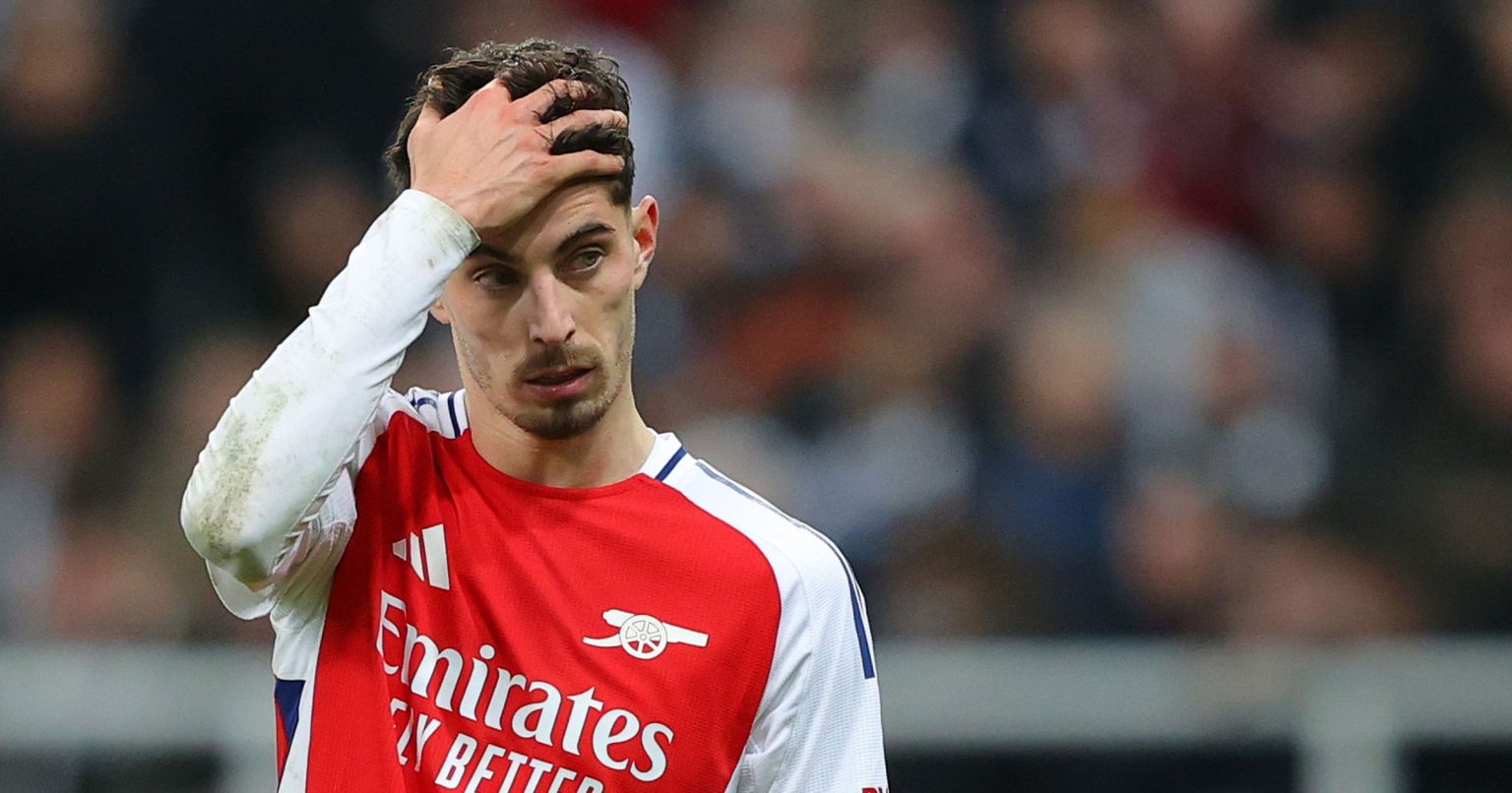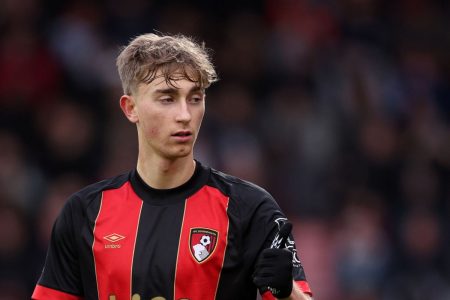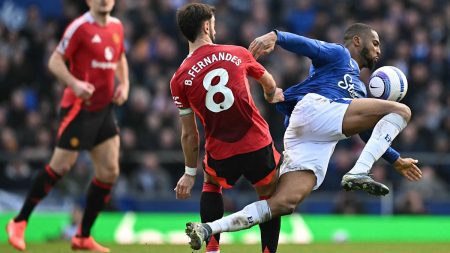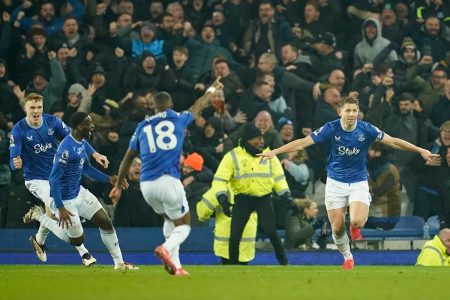Arsenal’s Attacking Injury Crisis
Arsenal find themselves grappling with a significant attacking injury crisis that could not have come at a more critical juncture. Key players such as Bukayo Saka and Gabriel Martinelli are sidelined with hamstring issues, and Brazilian striker Gabriel Jesus, who has been a linchpin for the team, faces a long-term absence due to an anterior cruciate ligament injury. This setback hits particularly hard as Mikel Arteta’s side aims to end their 21-year drought without a Premier League title. Currently, Arsenal sit second in the table, trailing league leaders Liverpool by six points. The club’s ability to score goals during the crucial second half of the season will be paramount, and with Havertz’s season-ending injury, the pressure intensifies. Let’s explore the potential solutions Arsenal could employ to fortify their attack.
Have Faith in the Youth
One of Arsenal’s greatest strengths lies in their exceptional academy, which has consistently produced talented players like Bukayo Saka and Myles Lewis-Skelly. This season, another young star, Ethan Nwaneri, has emerged as a promising addition to the squad. Despite being only 17 years old, Nwaneri has already demonstrated his goal-scoring prowess, netting seven times across all competitions. Manager Mikel Arteta has expressed confidence in the teenager, suggesting that he could develop into a central striker. "Ethan can play as a right attacking midfielder, a left attacking midfielder, and a right-winger," Arteta said in December. "There is another position I think he can develop into – No. 9. He has got the goal in front of him, and he looks at the goal, and he has a tremendous ability to put the ball in the back of the net." With only a handful of fit attackers in the senior squad, Nwaneri is poised to see more playing time and may even assume a pivotal role in the attack.
Play a Winger More Centrally
While Arsenal’s attacking options are limited at the moment, the versatility of their wide players offers a potential solution. Leandro Trossard, who joined the Gunners from Brighton & Hove Albion, has shown that he can be a consistent goal threat from the wings. However, he is also capable of playing in a more central role. Trossard’s ability to cut inside and take on defenders makes him a natural fit for a striker’s position. Additionally, Raheem Sterling, who has experience as a central forward at both Manchester City and Chelsea, could be another option. Sterling, at 30 years old, is still a proven finisher and could provide the necessary firepower to bridge the gap left by Havertz and Jesus. His experience and technical skills could be invaluable in a critical moment of the season.
Utilize Midfielders
In addition to their young talent and versatile wingers, Arsenal could also consider repositioning some of their midfielders to bolster the attack. Midfielders like Martin Ødegaard and Thomas Partey have shown flashes of goal-scoring ability and could fill in temporarily. Ødegaard, in particular, possesses the vision and creativity to contribute to the team’s offensive efforts. His ability to dictate play from deeper positions and his occasional forays into the box make him a viable candidate to offer additional support upfront. Similarly, Partey’s work rate and dynamic presence could provide a different dimension to the attack, allowing other players more freedom to operate.
Look for a Free Transfer
Arsenal had reportedly shown interest in signing a new striker during the January transfer window, exploring options such as Ollie Watkins and Newcastle United’s Alexander Isak. Unfortunately, they missed out on these targets, and the window is now closed. However, the club can still explore the possibility of signing a free agent. Several experienced strikers are currently available, including former Arsenal player Carlos Vela and the controversial but talented Diego Costa. Both players are in the latter stages of their careers, but they bring a wealth of experience and goal-scoring ability. Vela, with his familiarity with the club and the English game, could be a more seamless fit, while Costa’s physical presence and knack for finding the back of the net could provide a different tactical approach.
Reinforce Defensively to Ease Pressure
In the face of an attacking crisis, reinforcing the defensive line could indirectly help alleviate some of the pressure on the forward players. A solid defense can keep games closer, reducing the need for the attacking players to score multiple goals to secure wins. Arsenal could consider bringing in a defensive midfielder or a center-back to shore up their backline. This would allow them to maintain a competitive edge in matches, even when their attack is not firing on all cylinders. Moreover, a robust defense can create more counter-attacking opportunities, which could benefit their more direct and pacey attackers.
Stay Positive and Focus on Team Dynamics
While injuries to key attackers can be demoralizing, Arsenal’s resilience and team spirit have been evident throughout the season. Mikel Arteta has built a squad that emphasizes teamwork and adaptability, and these qualities will be crucial in navigating the current crisis. The manager’s tactical flexibility and ability to inspire his players can help the team find new ways to break down defenses and create scoring opportunities. It’s also important to remember that football is a collective sport, and the contributions of players in other positions can often make the difference. By staying positive and maintaining a cohesive team approach, Arsenal can still achieve their ambitions of challenging for the Premier League title.
In summary, Arsenal’s attacking injury crisis is a formidable challenge, but the club has multiple avenues to explore in addressing it. Faith in their academy, creative repositioning of existing players, and a focus on defensive reinforcement can all play key roles. The team’s collective strength and Arteta’s tactical acumen will be essential in ensuring that Arsenal remain competitive and continue their quest for glory.











